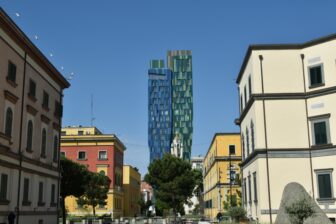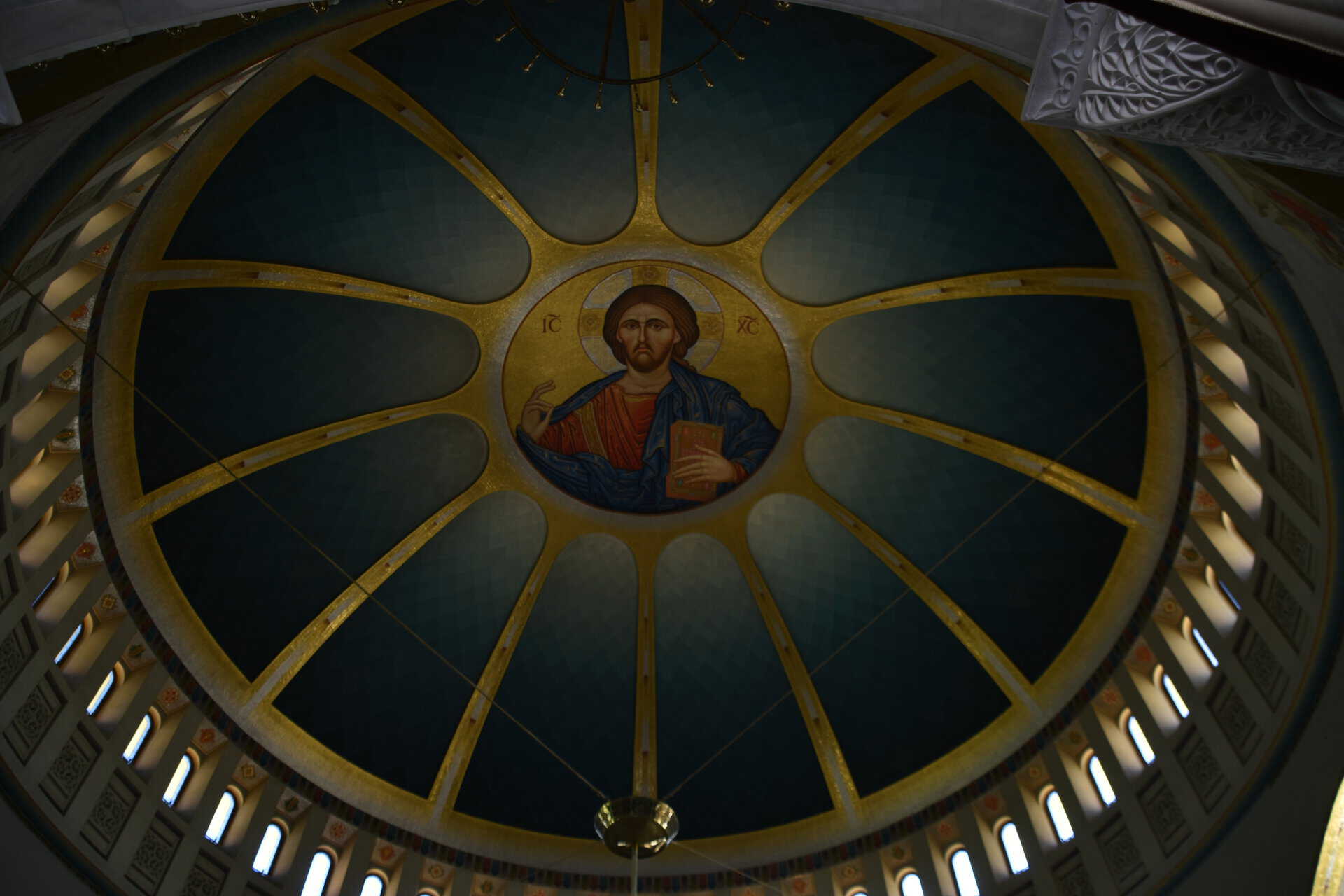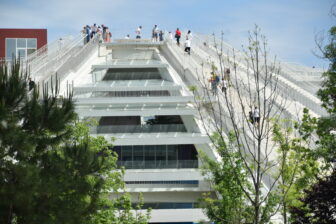
[Apr. 2024] We arrived at Gjirokaster, our destination for the day on our Albania tour.
Gjirokaster is a World Heritage Site and is known as the “Stone Town.”
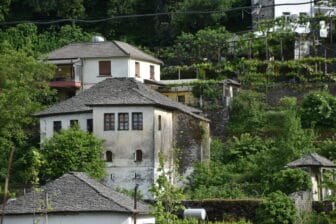
That is because its rows of traditional houses are made of stone.
On this day, we visited the castle on the hill and the “House of Skenduli,” a traditional house in the town.
The traditional house was more interesting, so I start with that.
The guide called it a tower, but it wasn’t a particularly long and narrow building, just a large house with many floors.
It seems that about 30 people from about four generations used to live here together.
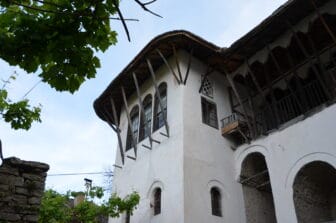
During the communist era, they were asked to sell the house, but the family refused, so they were forced into one of the rooms.
But their stubbornness paid off, and after the regime changed, it returned to this family as before.
The outside is made of stone, but the inside is made of wood.
I’ve seen Ottoman-Turkish style houses like this all over the place, but this time I was fondly reminded of the palace we saw in Bakhchisarai in the Crimea.
In this house, men and women lived separately.
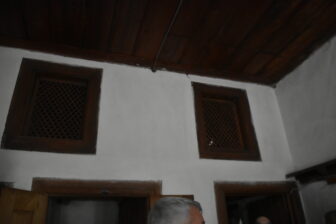
When guests came, the women would prepare meals but were not allowed to be seen, so they went upstairs and looked through the lattice windows in the wall to see what was going on below.
Then, the women would determine what was needed for men chatting downstairs and provide whatever was needed for them.
They were supposed to be family, but they were used as good servants.
I was outraged at the outrageousness of this story.
This family was known for being stingy, and the elder one of them said “Turn off the lights downstairs” as he was about to die.
Immediately after hearing this story, a woman who is a descendant of the family asked the guide about collecting the entrance fee.
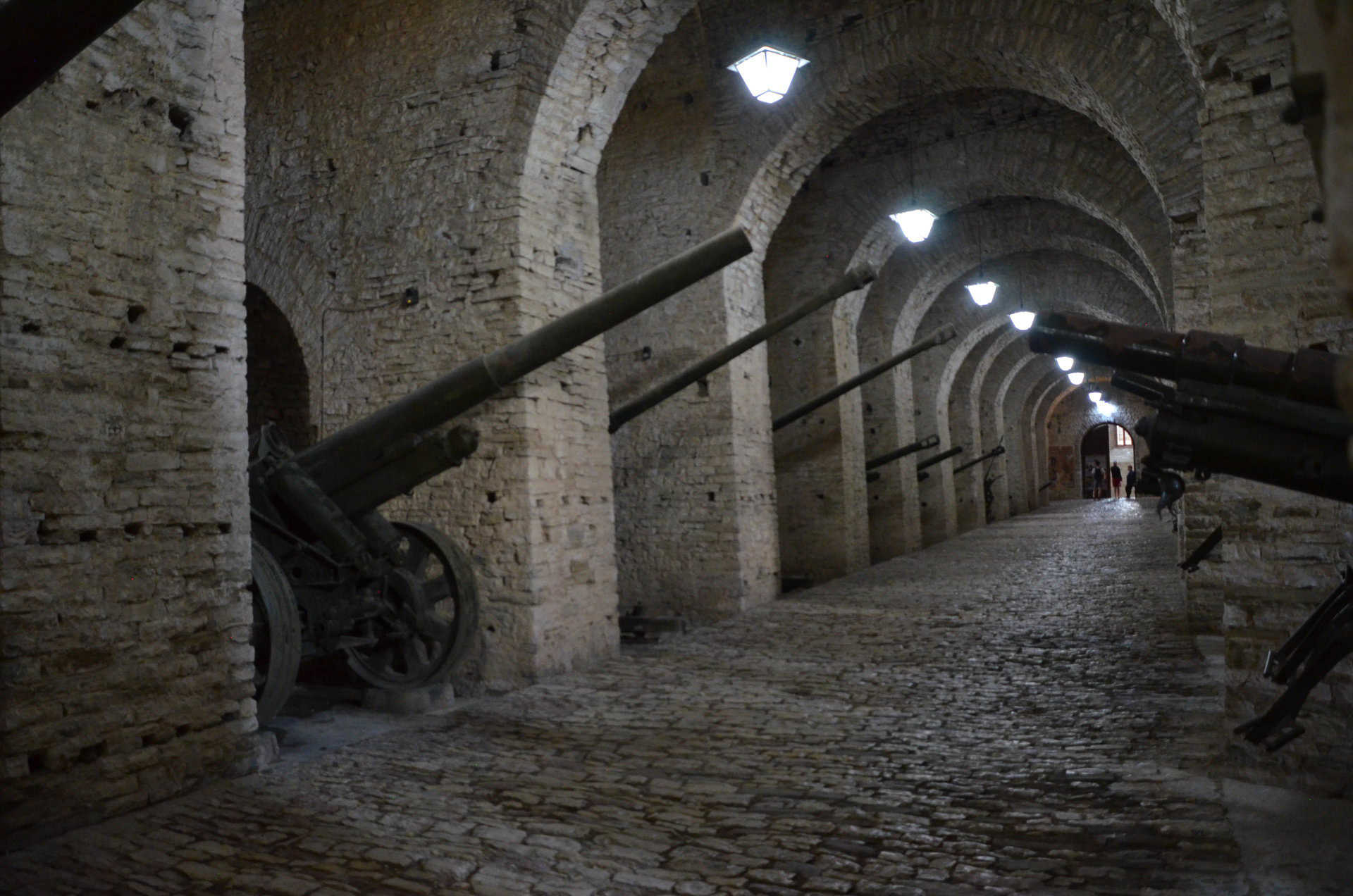
It was a scene where I really felt the bloodline.
The castle we visited before coming here is one of the largest in the Balkans.
It has a history dating back to the 12th century, but most of what stands today is from the first half of the 19th century.
I was told that a castle that used to be on the plain was moved here to be used as a fortress.
It is also said that in the 15th century, Jews fleeing persecution were offered to become mayor of the town if they provided funds for the construction of the castle, and that is what happened.

I think I heard a similar story in Soncino, Italy.
Wherever you go, when you talk about Jews, it’s all about money.
Ali Pasha, an Albanian lord who held great power in Ottoman Turkey from the late 18th century to the early 19th century, used this castle as his base.
Apparently there was also a prison from the Ottoman Turkish period and the communist period on the first floor.
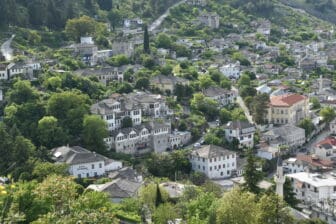
A small tank made by FIAT that was used when Italy invaded during the fascist period, and the remains of a Lockheed plane that was shot down during the communist period after violating Albanian airspace, were also on display.
The castle is located on a hill, so the view was amazing.
The traditional houses of Gjirokastra spread out below us were very similar to Melnik in Bulgaria.
If you check the map, you’ll see that there are parts of North Macedonia and Greece in between, but roughly speaking, they’re not far from each other.

